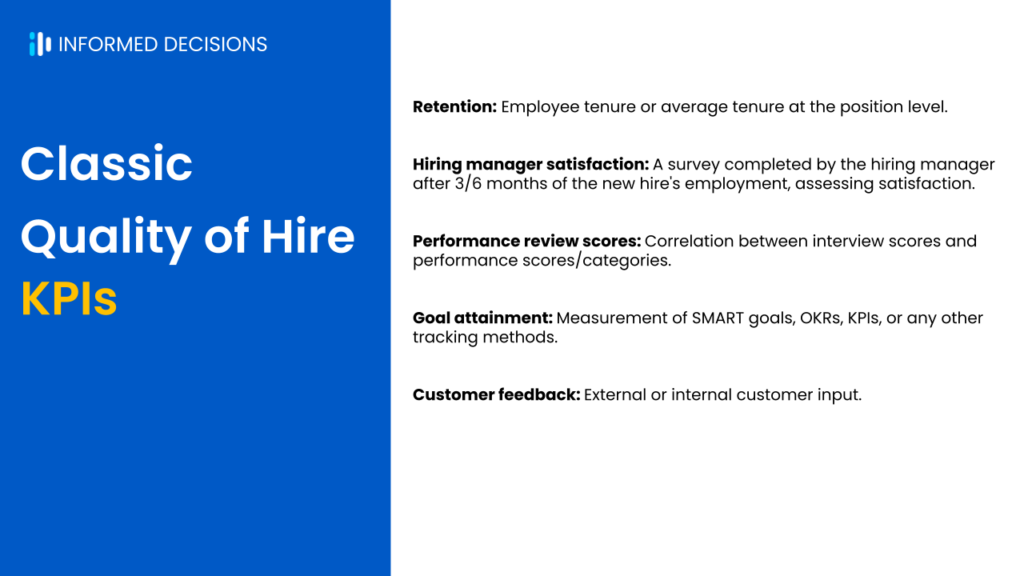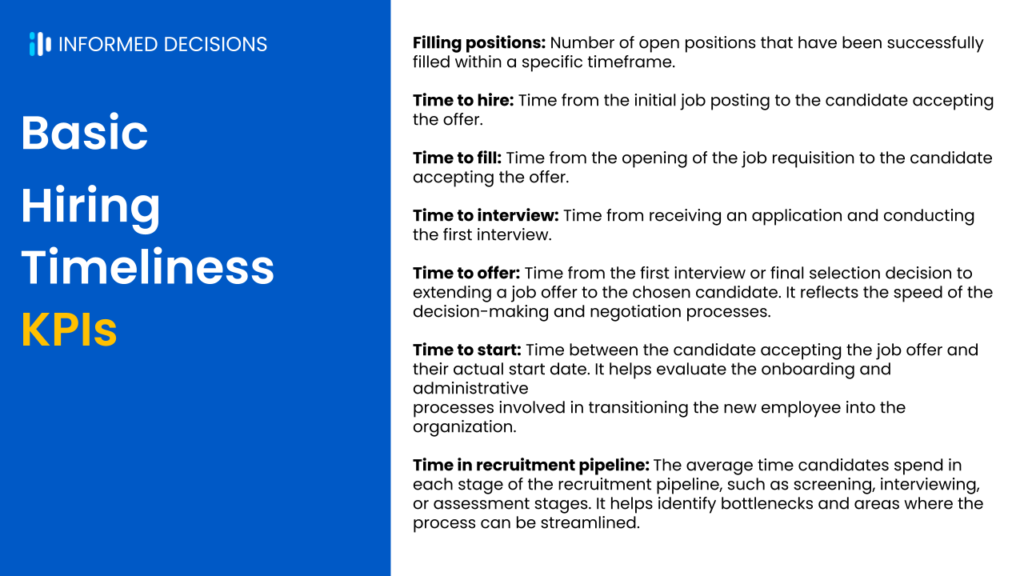🎬 Marriott International’s "Two Bellmen" Campaign: A Masterclass in Social Media Recruiting 🎬
Marriott International, a renowned hospitality company, took social media recruiting to the next level with its innovative "Two Bellmen" campaign (see link in the first comment).
🔥 Action-Comedy Meets Recruitment: 🔥
By producing an action-comedy short film, Marriott showcased its commitment to creativity, innovation, and exceptional customer service.
📢 Amplifying Employer Brand Visibility: 📢
The campaign was distributed across various social media platforms, engaging a wide audience beyond traditional recruitment channels.
🎮 Interactive Engagement: 🎮
Interactive elements, contests, and quizzes encouraged viewer participation, attracting potential candidates and building relationships with passive job seekers.
🚀 Results: 🚀
The campaign’s success led to increased job applications and positioned Marriott as an exciting and dynamic place to work within the competitive hospitality industry.
Two Bellmen video: https://www.youtube.com/watch?v=ZOgteFrOKt8&ab_channel=TwoBellmen
What creative strategies have you used to boost your employer brand?
#hiring #recruitment


